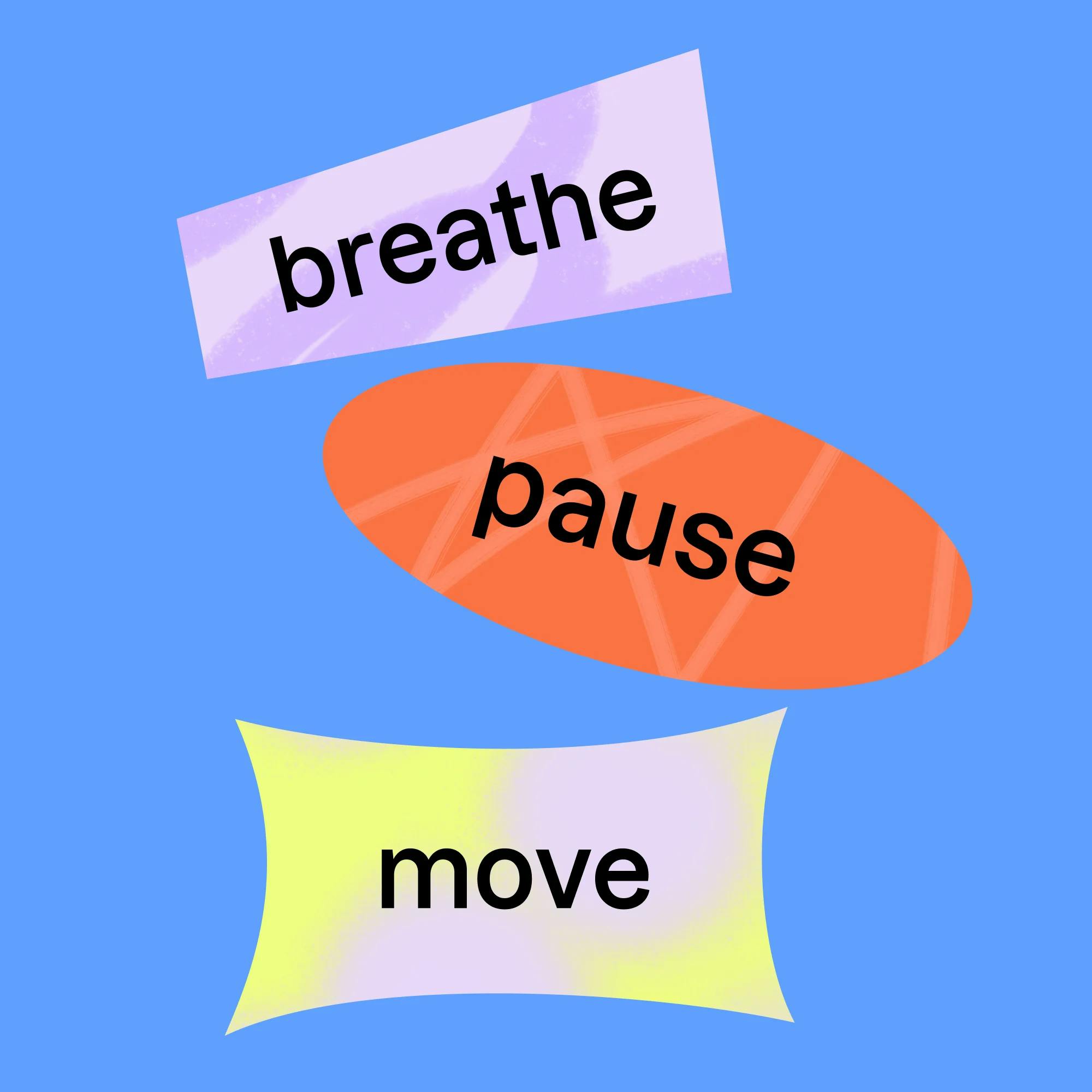If your child has a stuttering or fluency disorder, you want to help and support them as best you can. Here we discuss four useful strategies parents and caregivers can use in talking with their child, even if the child's stutter might be temporary. These strategies are most helpful for children between the ages of 2½ and 5. At this stage, we don’t necessarily want to point out the stutter to the child, since this might make it worse.
1. Avoid telling your child to “slow down”
The number one thing you should avoid is telling your child to “slow down,” “start over,” or “take a deep breath.” Children are going through so many changes during this period in their life, and they're trying their best. Being told to control something that might feel out of their control can cause frustration.
2. Avoid asking too many questions
When talking with your young child, try not to ask too many questions. It can feel like a lot of pressure to be answering questions all the time: “What is that?” “What did you find?” “What did you do at school today?” Instead of asking all these questions, try rephrasing them into comments. For example, as an alternative to asking, “What did you do at school today?,” you could say, “You made a painting at school today, that sounds fun!”
3. Avoid showing signs of distress
Try not to show distress or concern on your face if your child is stuttering. Instead, try to remain open and patient. If you can’t give your child your full attention while they're talking to you, you can give them a raincheck: “I can’t wait to hear about your school day, and I’m ready to listen as soon as I’m done with the dishes."
4. Avoid hurrying your child
One additional suggestion is to avoid giving off the feeling of time pressure. So if your child is trying to communicate with you, try not to say, “Hurry up, because we need to get in the car.” Similarly, if your own speech sounds rushed or hurried, your child might pick up on that and then get caught in disfluency themselves.


More about the causes and treatment of stuttering
For more information about stuttering, including its causes, how it's diagnosed, and what speech therapy treatment looks like, check out these resources:
How Expressable Can Help
Concerned your child isn't reaching age-expected milestones? Looking for communication support from a professional? Expressable is a national online speech therapy practice serving children and adults. We treat all major areas of communication and feeding, offer flexible hours including evenings and weekends, and accept most major health insurance plans. We’re proud to have earned more than 3,000 5-star reviews from our clients (4.9/5 average).
Our therapy model is centered on parent and caregiver involvement. Research proves that empowering caregivers to participate in their loved one’s therapy leads to better outcomes. That’s why we combine live, 1-on-1 speech therapy with personalized education and home practice activities for faster progress.
Communication is more than words. It’s how we share how we feel and show who we are. We’re here to help you or your child do just that.

 Leanne Sherred, M.S., CCC-SLP
Leanne Sherred, M.S., CCC-SLP













